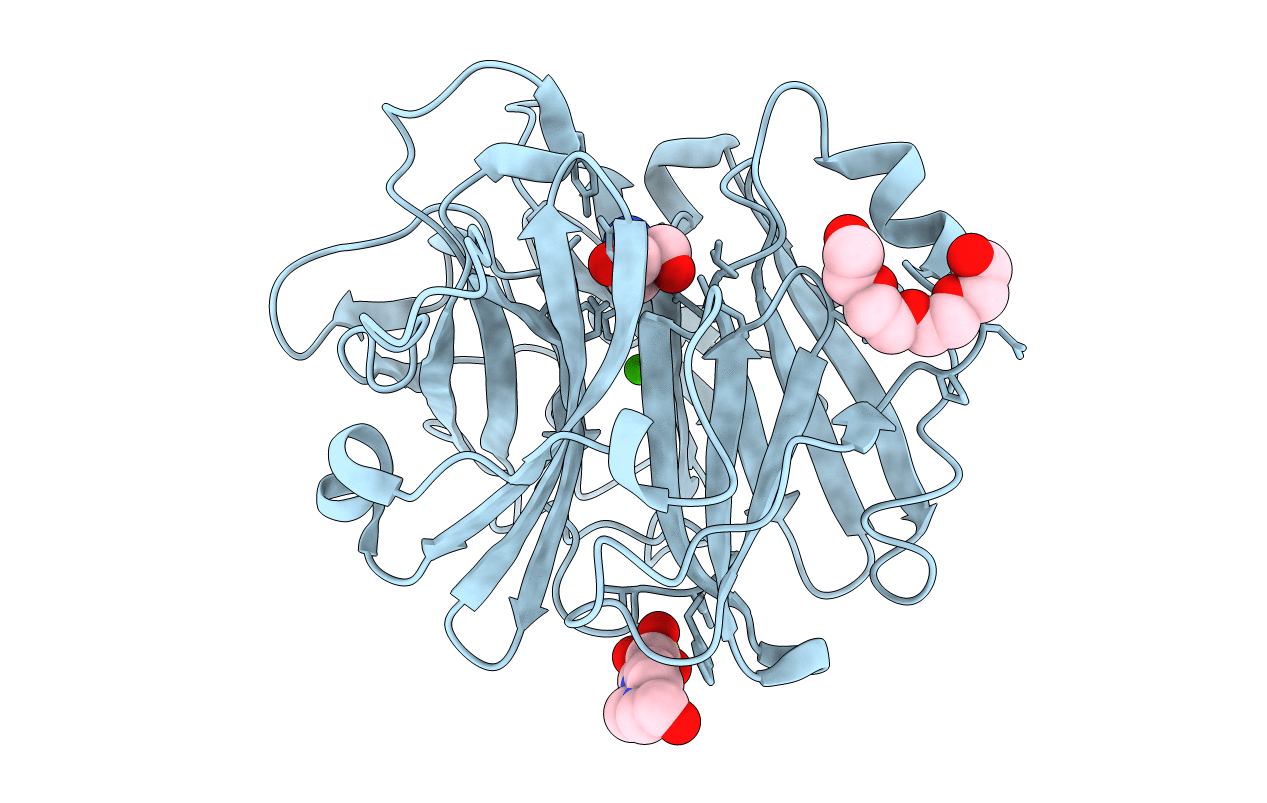
Deposition Date
2013-10-08
Release Date
2014-01-15
Last Version Date
2024-10-16
Entry Detail
PDB ID:
4N4B
Keywords:
Title:
Crystal Structure of the alpha-L-arabinofuranosidase PaAbf62A from Podospora anserina
Biological Source:
Source Organism:
Podospora anserina (Taxon ID: 5145)
Host Organism:
Method Details:
Experimental Method:
Resolution:
1.44 Å
R-Value Free:
0.15
R-Value Work:
0.12
R-Value Observed:
0.12
Space Group:
C 1 2 1


